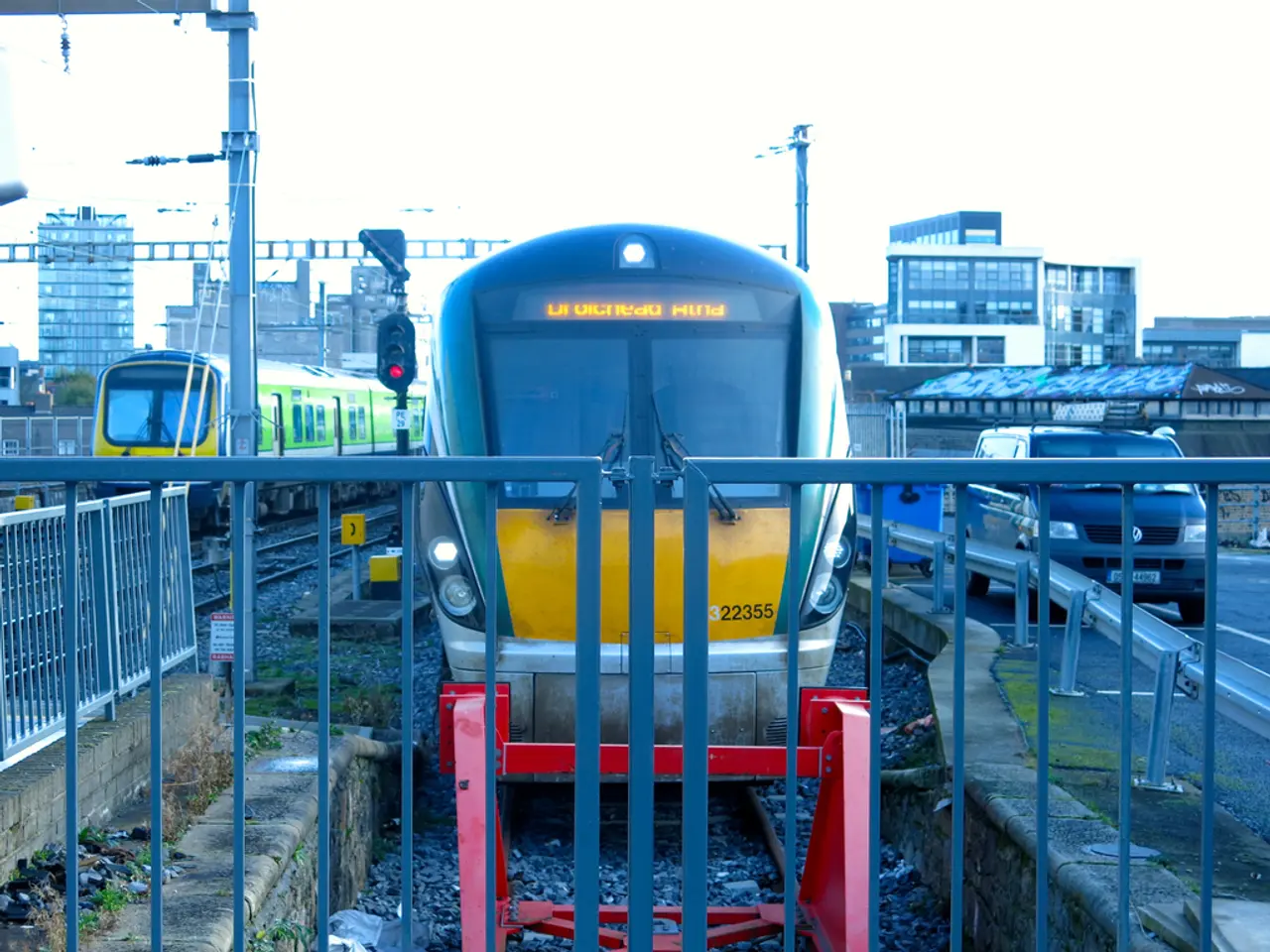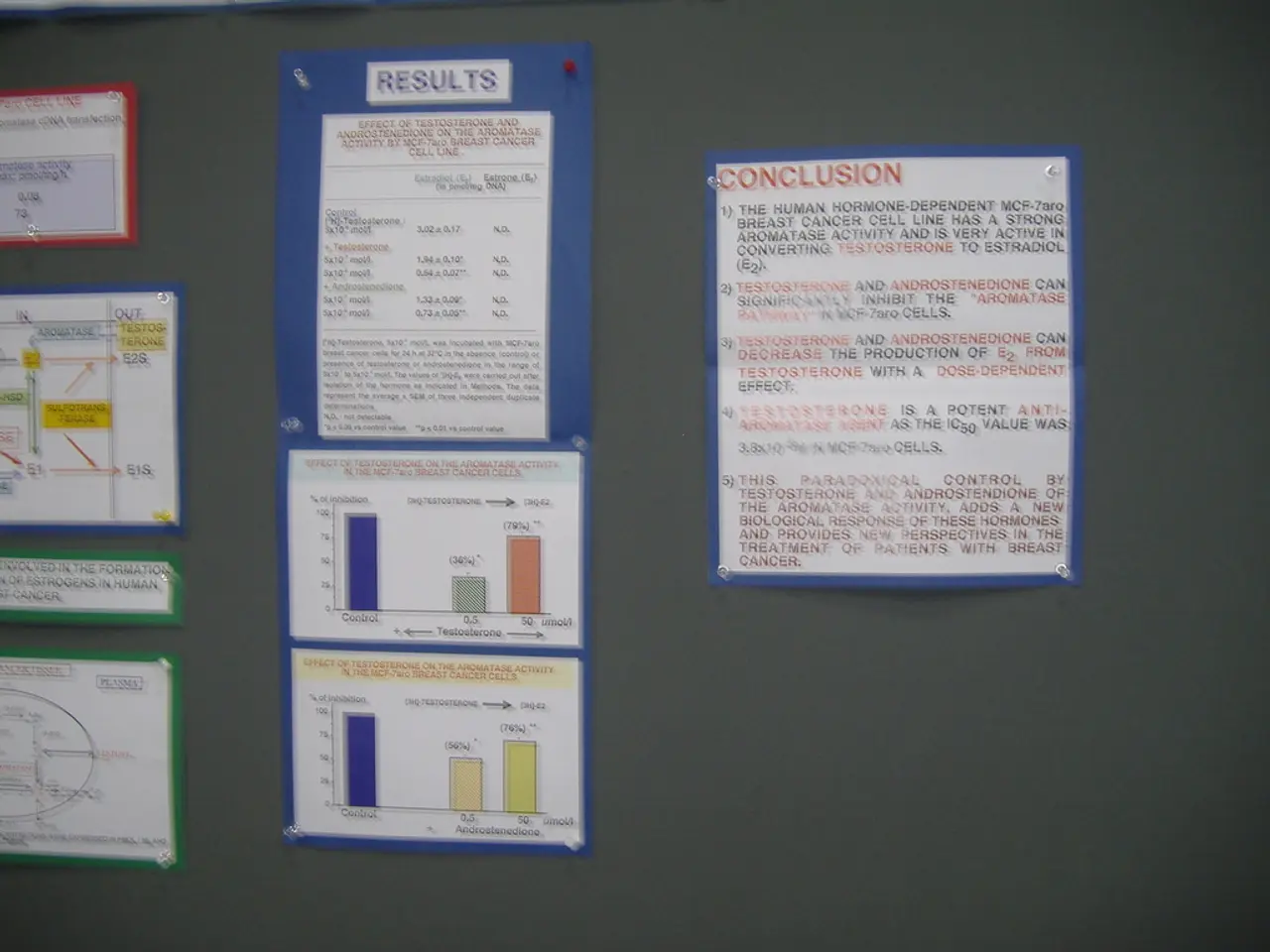Planned merger spearheads the creation of the first transcontinental freight railroad in America
In a significant development for the US freight rail industry, Union Pacific (UP) and Norfolk Southern (NS) have announced a landmark deal, with UP offering to acquire NS in a cash-and-stock transaction valued at approximately $85 billion or $320 per share. This deal, pending shareholder and regulatory approval, promises to create the first transcontinental railroad in the United States.
If approved, the merger will link over 50,000 miles of track across 43 states, connecting major ports on both coasts. This single-entity coast-to-coast rail network, not seen since the original transcontinental railroad completion in 1869, is expected to revolutionize the freight rail industry.
The combined railroad projects several major impacts:
- Improved Efficiency and Service: By eliminating the need to interchange shipments between two separate railroads, the merged railroad expects to reduce transit times by 24 to 48 hours, speeding delivery and simplifying logistics for customers.
- Restoring Volume Growth: The rail industry has seen volume decline and loss of market share to trucks since peaking in 2006. The merger is intended to reverse this trend by creating a more competitive, seamless rail service, which UP and NS executives say could lead to $1.75 billion in growth-related revenue by the third year after closing.
- Economic Impact: The merger could revitalize U.S. manufacturing and logistics by streamlining the movement of raw materials and finished goods nationwide, enhancing the competitive position of rail compared to trucking and other modes.
- Potential Industry Consolidation: This deal may trigger a final wave of railroad mergers across the country, reshaping the industry’s landscape.
However, concerns have been raised about the potential impacts on labor, safety, service quality, and regulatory obstacles. The SMART Transportation Division, the largest U.S. rail labor union, has expressed skepticism, warning that combining two major carriers, particularly one with existing issues related to Precision Scheduled Railroading (PSR), could worsen service challenges and negatively affect worker safety.
Antitrust regulators are also expected to scrutinize this merger heavily before approval, potentially imposing conditions or requiring divestitures. Service issues following every rail merger have been a concern, according to Peter Swan, emeritus professor of logistics and operations management at Penn State Harrisburg.
In summary, the proposed Union Pacific-Norfolk Southern merger is a significant step towards creating the first coast-to-coast freight rail network under one company, aiming to improve freight rail efficiency and competitiveness in the US. However, the deal faces challenges related to labor, safety, service quality, and regulatory obstacles that will be closely watched by stakeholders.
References: [1] Business Wire [2] Wall Street Journal [3] CNBC [4] Reuters
- The merger between Union Pacific and Norfolk Southern, if approved, could potentially revolutionize the business sector of freight rail, as it aims to create a single-entity coast-to-coast rail network, streamlining the movement of goods and possibly increasing efficiency and competitiveness in the finance arena.
- Given the combined railroad's projected economic impact, there's a likelihood that this deal may prompt further consolidation within the business industry of railroads across the country, consequently reshaping the overall landscape.




